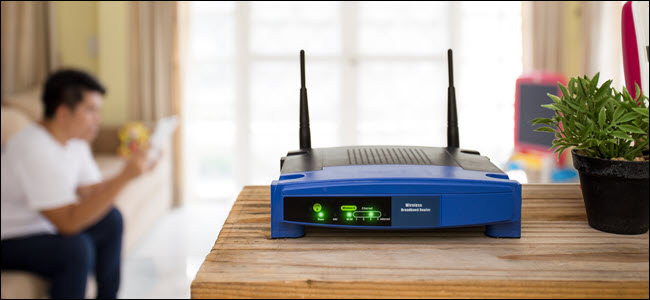

The signal range is in the tens, if not hundreds of miles, so triangulation can be used. A yagi can be built quickly and accurately due to a long wavelength, and exhibits narrower characteristics and higher practical gain. The frequency is clear and free from interference or other transmitters. Every parameter is tuned to make it easy on the seekers: The wavelength is very long and suffers negligible multipath (reflection). This is a hidden transmitter which we have to find. If I rotate the phone 90 degrees, it becomes 40 metres closer. My DD-WRT router estimates my ZTE Blade phone to be 60 metres away (it's about 20 metres) and my Dell Latitude E6410 to be around 10 metres away (the same 20 metres). You can't even tell how far away it is!Ī smartphone will appear to be much further away than a laptop, because the phone has a terrible antenna and works with very low power. Triangulation improves when the baselines are longest, but in my tests with a pair of DD-WRT routers, the results were hilariously inaccurate, the same client would be in eight different "probable locations" at once.ģ. As it is so short ranged, you are attempting to find a light bulb in a maze made of mirrors. The 2.4 GHz spectrum reflects off any solid object and is absorbed by most others. You cannot trace Wifi to any degree of accuracy. Why? Have you contacted the local police? What exactly do you plan on doing in the extremely unlikely event you are able to track this device and owner down?ġ. Why do you need to physically locate this person, instead of following the tips already given for securing your network? You seem willing to spend money on one of the devices Frennzy linked to. I'm feeling like we don't know your real goals and motivations here. Those things, even if they work, don't get you a physical location - a taller order than you may think - but you might be surprised at how revealing they can be. You can get such info from a number of free network scanning utilities, including fing for Android, etc. DHCP? If so, check the router's DHCP clients list for a MAC address, which you can Google and get a device type or interface mfg. You can at least do some DNS work to get a device name, depending on how it connected. You mentioned not being interested in the device's IP address, but perhaps you should be.


 0 kommentar(er)
0 kommentar(er)
